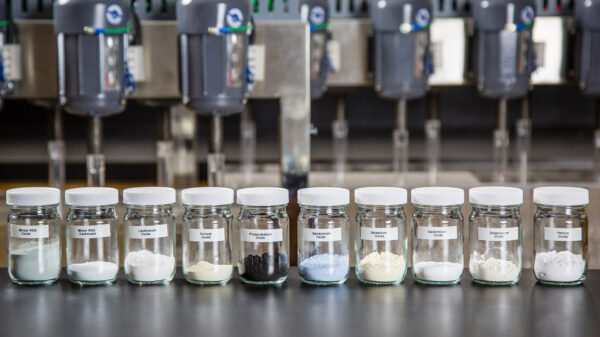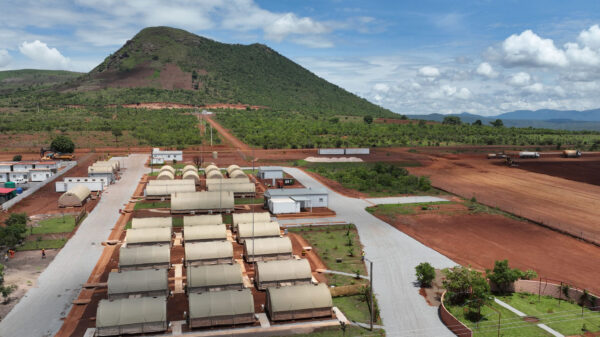China has bolstered its current status as the world’s top rare earths producer and refiner by discovering a large-scale deposit in the Yunnan province.
News of the find was first revealed in a Chinese newspaper at the end of January. The nation’s Geological Survey recently validated the legitimacy of the discovery after completing an extensive analysis.
This state-owned mineral resources organization says it could hold over 1.1 million tonnes of rare earth-bearing resources containing metals like neodymium, praseodymium, terbium and dysprosium. All of these rare earths get used in high-grade magnets while the latter two are also utilized for lighting applications, metal alloys, sensors and nuclear reactor control rods.
The last discovery of this nature and scale was made in the Jiangxi province in 1969, according to the Chinese.
“The discovery is highly significant for strengthening China’s advantage in rare earth resources, improving the rare earth industry chain, and further consolidating China’s strategic dominance in medium and heavy rare earth resources,” the Chinese Geological Survey (CGS) said on WeChat.
China was already known to hold the world’s largest reserves of these commodities before this find at approximately 44 million metric tons of rare earth oxides. The Asian nation has made continuous efforts to maintain its dominance in the industry, including implementing a ban on the export of rare earth processing tech in late 2023.
“This changes everything,” CGS researcher Li Wei said. “With over 470,000 tons of rare earths, China is now even better positioned to control the global supply and meet skyrocketing demand.”
China currently has a production foothold exceeding 65 per cent and an 85 per cent controlling influence in rare earth processing, approximately.
Read more: New Saskatchewan rare earth processing plant could help fight Chinese market dominance
Read more: Ramaco Resources preps to set up rare earth extraction plant at Wyoming coal mine
China may lose dominance within a decade, study finds
A recent analysis completed by researchers from the Chinese Academy of Sciences has determined that China’s efforts to retain its monopoly on rare metals may fail within 10 years.
They say that emerging sources abroad could push the nation’s rate of production down to only 28 per cent by 2035. Deposits being developed in South America, Greenland, Africa and Australia are a major factor influencing their theory.
Furthermore, new resources discovered in the United States recently may soon position the Americans with a greater influence in the industry.
Researchers from the University of Texas just discovered that an estimated US$8.4 billion worth of rare earth elements are contained within coal ash stored throughout the country. They think there could be 11 million tons of the metals dispersed in the coal byproduct within mining areas such as the Appalachian and Powder River basins.
rowan@mugglehead.com














